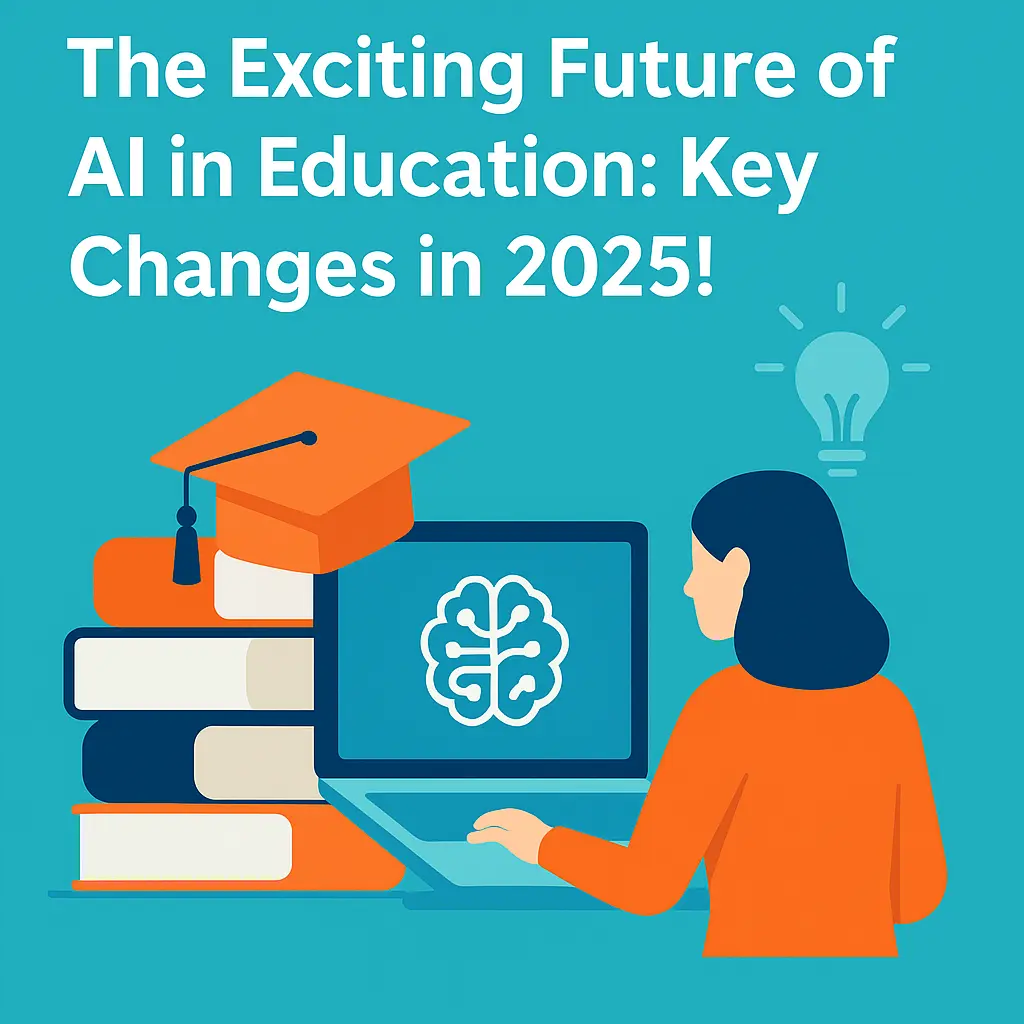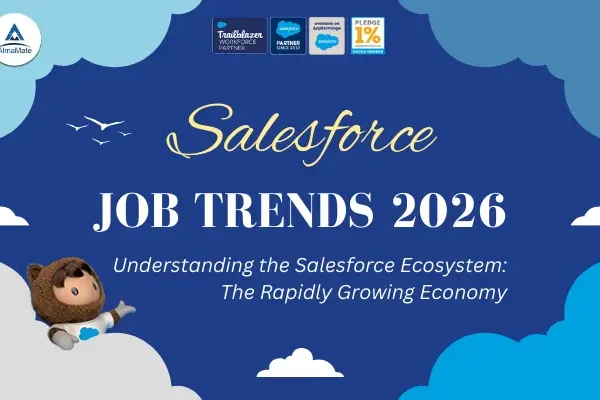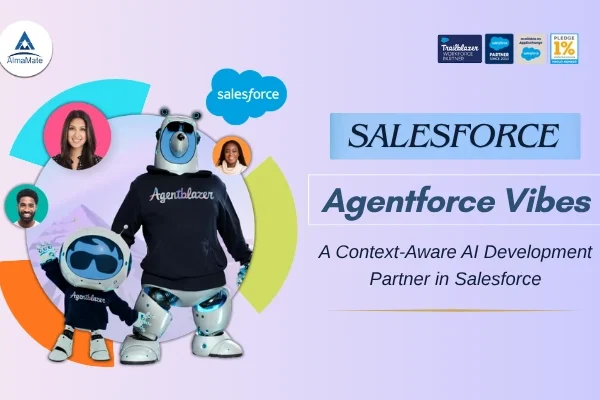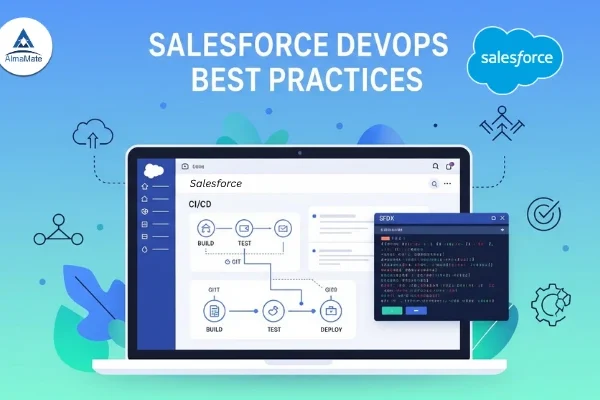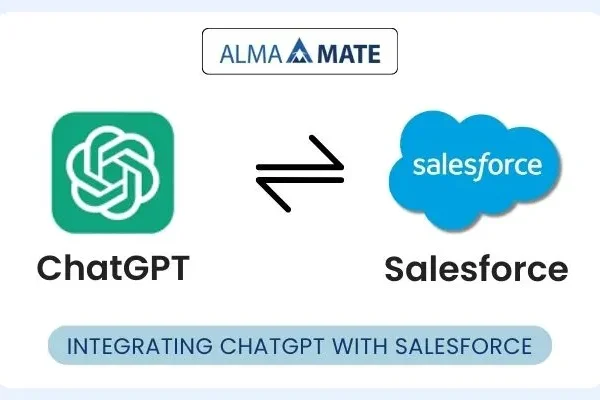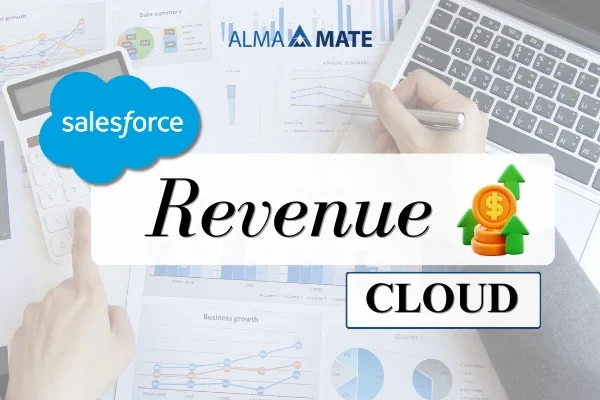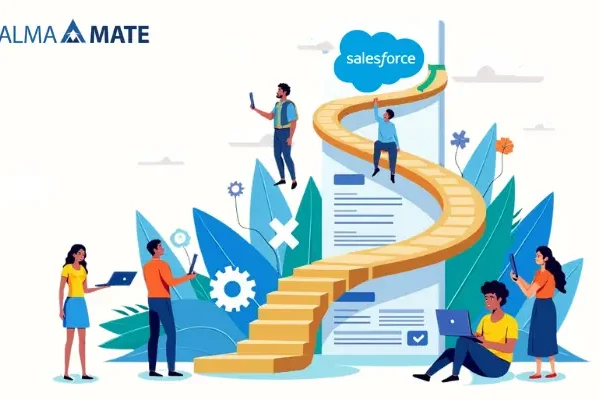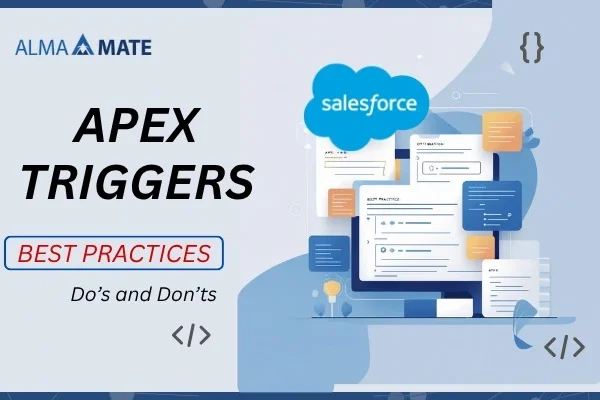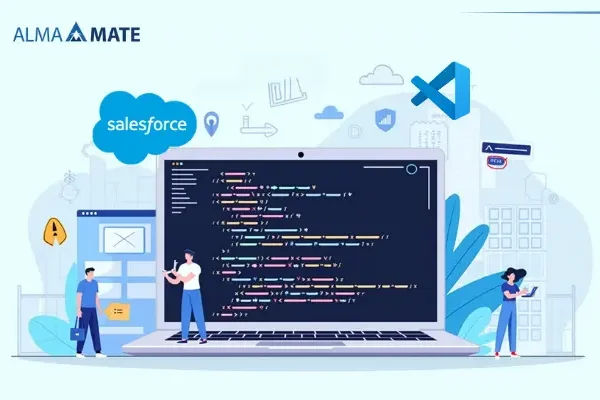With the advent of AI(especially AI in education), the world is witnessing a paradigm shift in the education and information technology sectors. The education and information technology sectors are currently being revolutionized by AI, offering students and employees of the IT sector remarkable opportunities to leverage the capabilities of AI in education. This change enables learners to deepen their grasp of theoretical concepts and implement them in real-world scenarios.

But as schools rely more & more on digital tools, there’s a palpable risk of increasing the knowledge gap between those who have access to resources for using AI platforms and those who don’t. Just like earlier advancements in technology, AI also is at a crossroads today. It could either widen the digital divide or become a tool to bridge it.
This article explores insights into how these gaps can be closed and create fair AI learning opportunities for all students. With the beginning of a new academic year around the corner, let’s look at some key strategies to make AI in education an equalizing force.
Table of Contents
Why AI in Education & Literacy Matters
As AI becomes a bigger part of workplaces, students need basic digital and AI literacy skills to prepare for many jobs that shall be created in the near future, while also ensuring that their skills are not deprecated in the long run, so they may also stay relevant in their fields of expertise. While AI might replace certain roles, it can also boost productivity and create entirely new career paths. Recent reports indicate that many professionals using AI tools feel that these tools help make them work more efficiently.
AI literacy isn’t just for tech careers; it’s important across all fields. Whether students are preparing to take up roles in Information Technology, humanities, arts, or other booming sectors and industries, they’ll need skills like digital fluency, a computational frame of mind, and an in-depth understanding of ethical AI practices to stay relevant in their respective fields in the days to come.
Unfortunately, many schools haven’t fully integrated AI education into their core course curriculum. Some see it as an extra subject rather than a necessity. It’s crucial to make AI in education a compulsory part of learning.
To do this, teachers need the right tools and training to teach. And leaders in tech, business, and academia need to step up to provide the resources to support both educators and students.
Promoting AI Equity and Access
AI in education won’t make a difference if equity and access don’t come first. Every student should have the chance to reach their full potential, no matter their background. That means access to AI tools, training, and opportunities for everyone.
Equity means addressing the needs of students from marginalized and under-resourced communities. These students need access to high-quality education that will enable them to succeed. This requires collaboration between the education and tech sectors and more funding and resources.
Companies like Salesforce are already working on this. Programs like the Salesforce Accelerator – AI in education for Impact and other philanthropic initiatives are closing the equity gaps. By providing tools and support to students, families, and schools, these efforts mean everyone benefits from AI in education.
AI’s Impact on Learning
AI can transform education by solving long-standing problems. Early research and results show that students are already using AI tools to improve their understanding of language arts and social studies. It will take time for them to figure out how to use AI in classrooms but some trends are still emerging and will continue to develop over time.
One innovative approach is teaching AI ethics to introduce students to the broader concept of artificial intelligence. Even in schools without access to advanced AI tools like ChatGPT, educators are finding ways to teach responsible and ethical AI use.
Some students may see AI in education as a shortcut to complete assignments but its real value is to deepen understanding, enhance critical thinking, and lead to meaningful learning outcomes.
Key Changes to Expect
In 2025, AI in education will bring major changes to the education sector, making learning more personalized, efficient, and accessible:
- Virtual tutors and AI chatbots will give instant academic support, reducing the need for traditional classroom sessions.
- Automated grading will save teachers time, so they may focus more on mentoring than administrative tasks.
- AI language translation tools will cut through language barriers and make quality education available worldwide.
- While all this will bring us a more inclusive and data-driven education system, data privacy and the role of the human teacher in an AI world will be topics of much discussion and debate.
- AI adaptive learning platforms will tailor the courses to the skill and aptitude of individual students, knowing their strengths and weaknesses to provide customized study plans for each student.
Supporting Educators in the AI Era
As AI becomes more common in classrooms, teachers will feel uncertain. But they don’t have to go through this paradigm shift alone. Schools need to provide educators with the training and support to use AI effectively.
The private sector can also play a big role by providing funding, technology, and resources to close the equity gaps. By acting now we can make sure AI is used as a positive force that empowers students and prepares them for the future.
Final Thoughts
The future of AI in education is digital and AI can create a level playing field for all students. To make this happen we need to focus on AI literacy, equity, and access. By working together – educators, policymakers, and the private sector – we can make education a more inclusive and empowering experience for every learner.
The rise of AI presents both challenges and opportunities in education. By prioritizing AI literacy, ensuring equitable access, and supporting educators, we can transform classrooms into hubs of innovation and inclusion. The key lies in collaboration—between educators, tech leaders, policymakers, and institutions—to create an environment where AI empowers every student, regardless of background.
Stay ahead in AI-driven education! Visit us for expert insights and future-ready learning resources.
Disclaimer**: The images placed on this webpage have been picked from pexels.com for illustrative purposes only.

